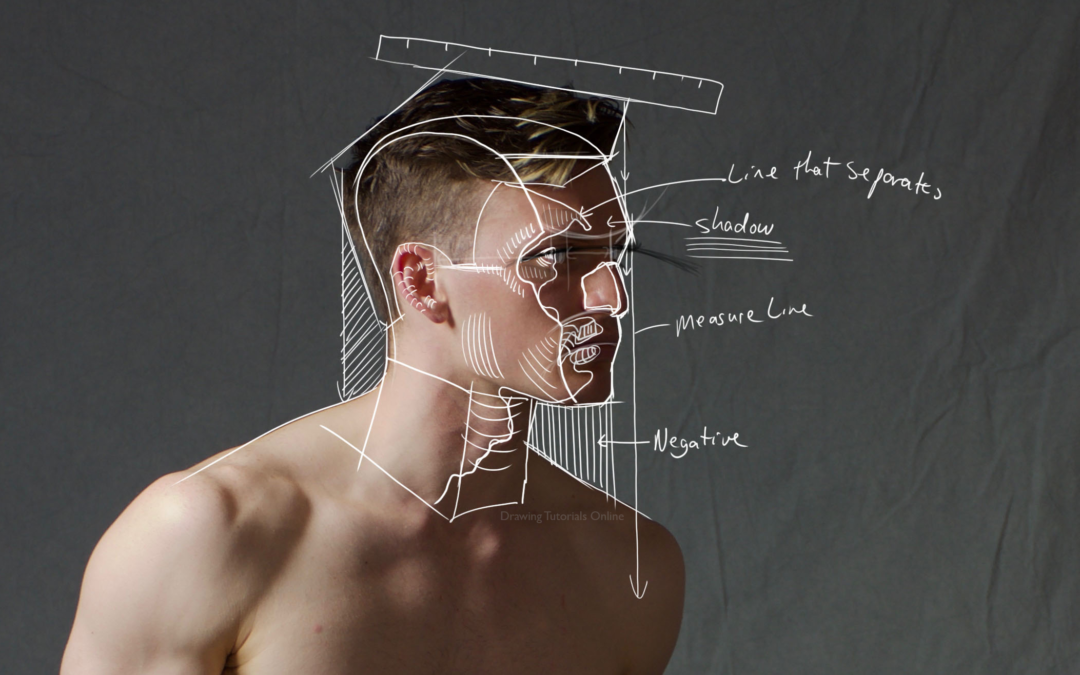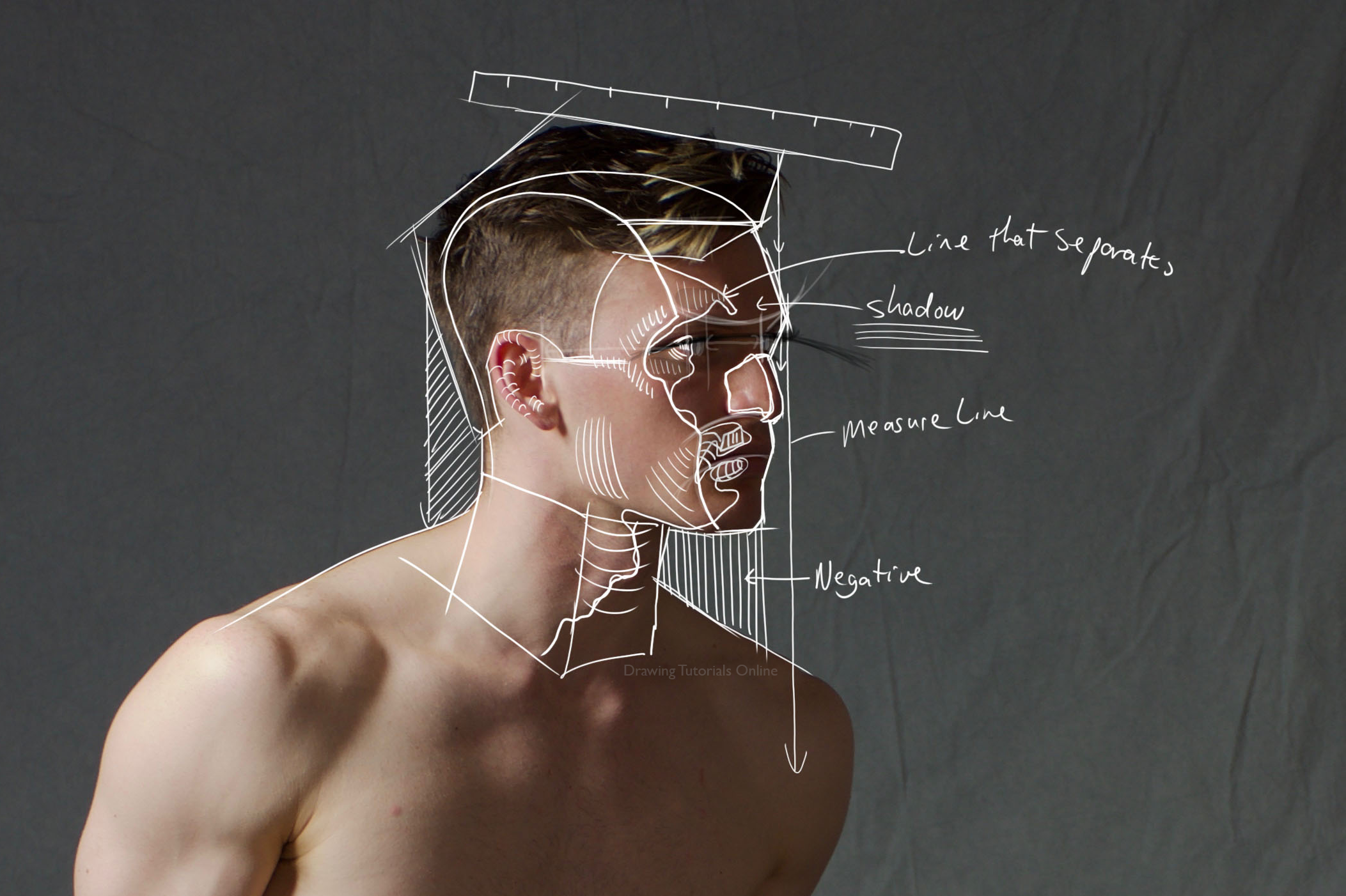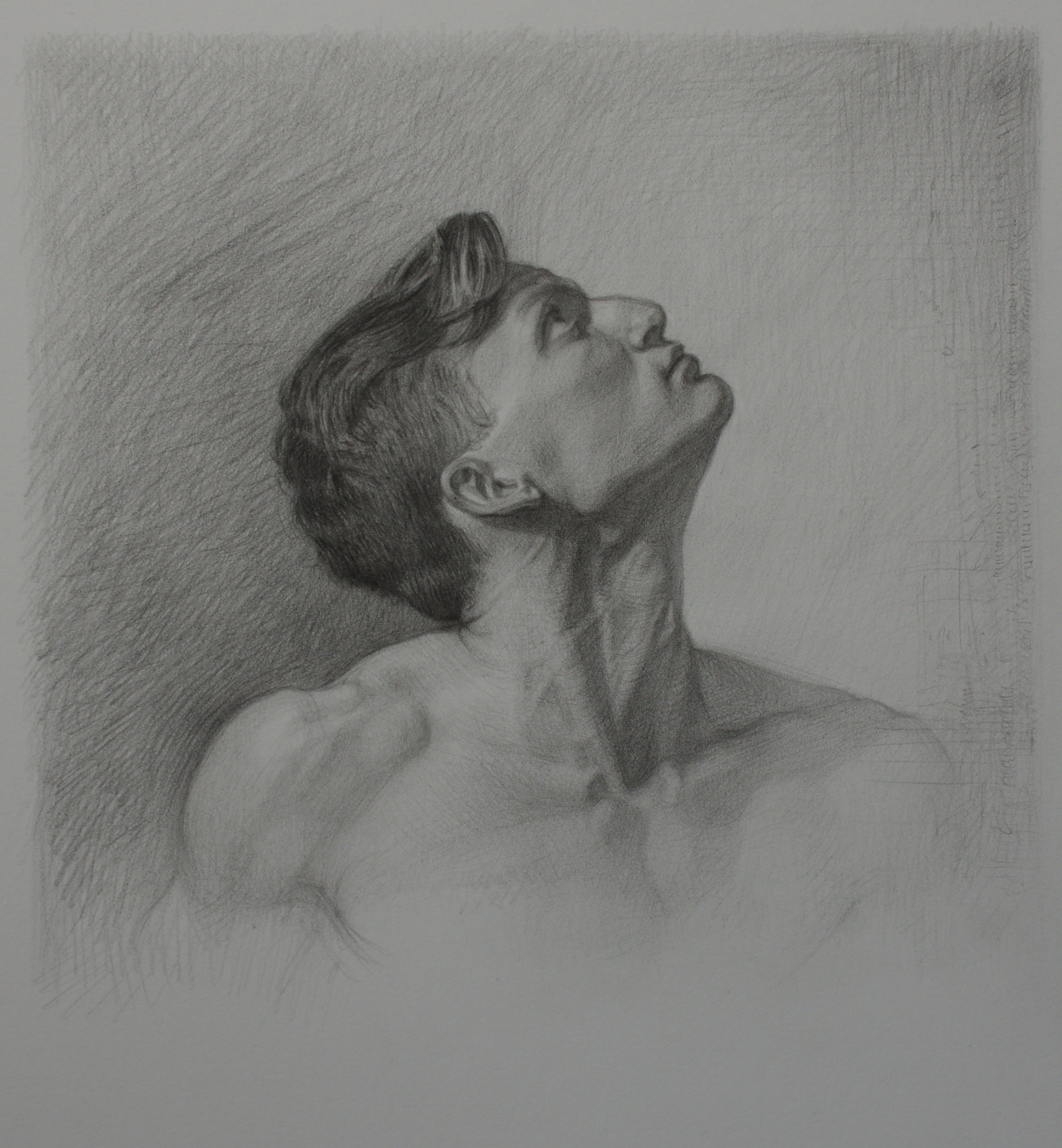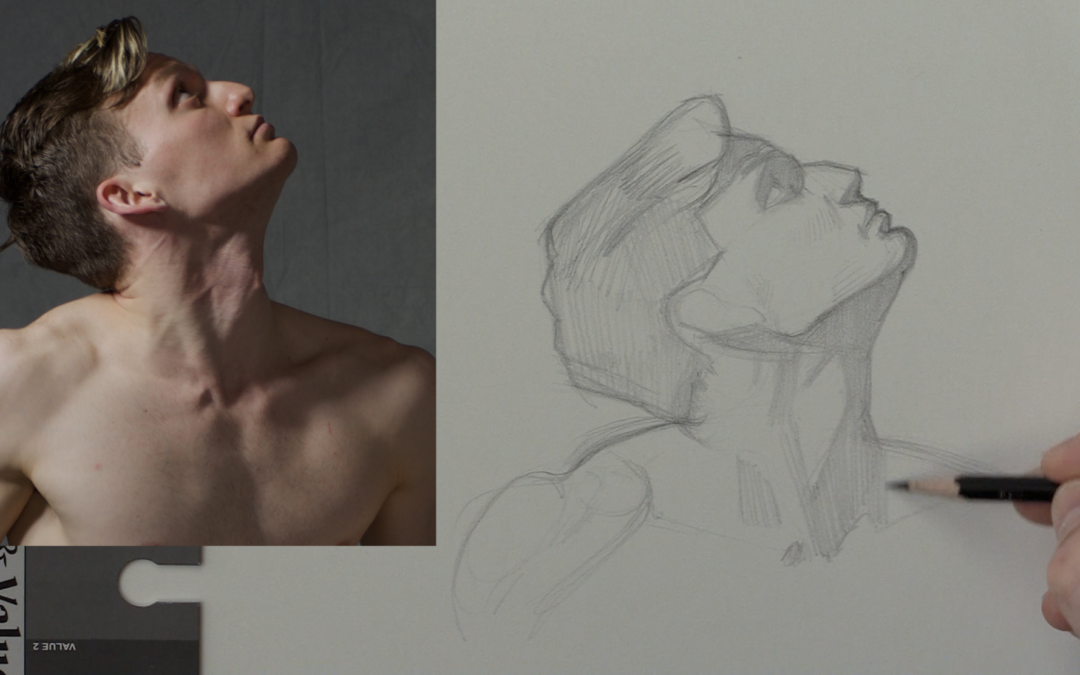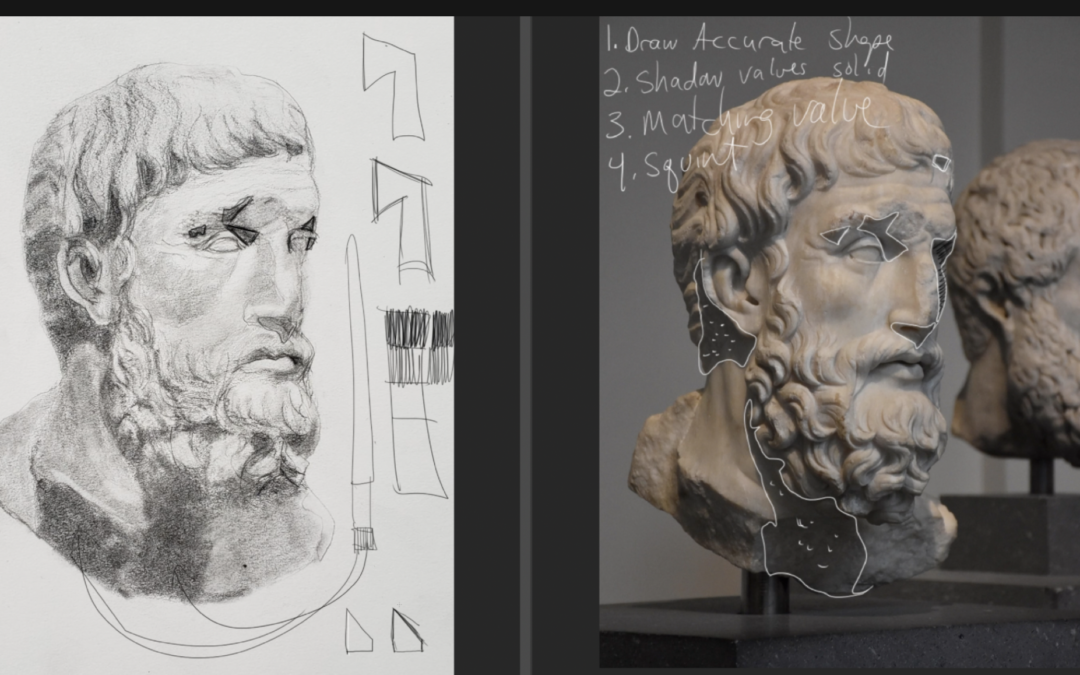
Four Drawing Techniques To Practice
As you know every Monday I film video critiques for members of Drawing Tutorials online. I have been filming video critiques for ten years now. It’s really important that you get into the habit of receiving feedback on your artwork.
The key element with the weekly critiques is context. I’m able to give you specific guidance on the artwork you’ve posted in relation to a certain course. I also answer questions that you ask. Again it’s all about context.
The other really cool thing with the critiques within the member’s area of DTO, is consistency. it’s one thing to get feedback once. It’s another to get contextual feedback on your work on an ongoing basis.
I trust the four drawing techniques taught in the video tutorial below will help you. They are simple yet hard drawing techniques to implement. They are hard because they take a lot of practice. The practice can become tedious. However, if you are looking to draw accurate portraits they are a must.
Don’t forget to sign up for my free drawing course right below. Thanks so much for watching, let me know what you think.

